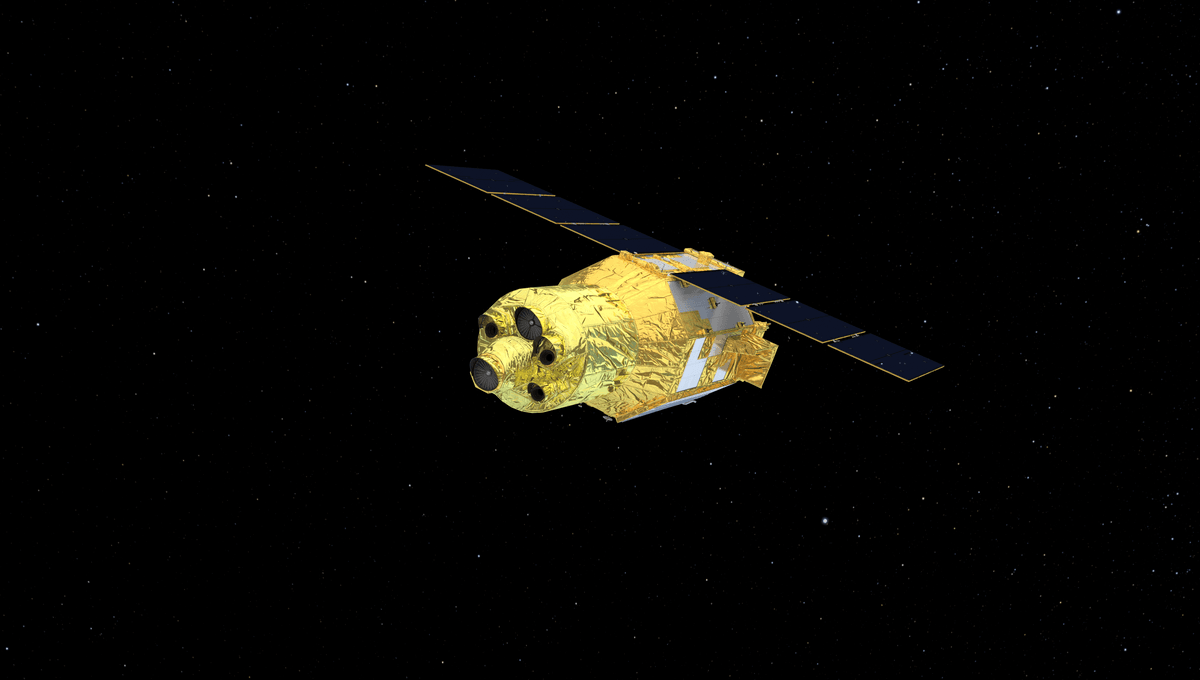
X-ray light is used to study the cosmos at its most extreme. The hottest plasma around stars and between galaxies, the behavior of black holes, and even energetic aurorae on the gas giant planets are all topics that require X-ray observations. And from tomorrow there will be a new telescope in orbit to do just that.
It is called XRISM (pronounced “krizz-em”) and it is a collaboration between JAXA, the Japanese Space Agency, and NASA, with support from the European Space Agency (ESA). The name stands for X-Ray Imaging and Spectroscopy Mission and it is a direct successor of the failed Hitomi telescope that failed in orbit about a month after launch.
The telescope has two instruments. Xtend is an X-ray camera that behaves similarly to a standard digital camera. The difference is the ability to measure the “color” of each X-ray directly from the interaction with the camera without the need for filters.
The second instrument is called Resolve. It is a spectrometer, an instrument that measures the wavelength of a photon very precisely. The instrument is a marvel of engineering and it will allow measurements that have not been possible so far.
“Resolve will give us a new look into some of the universe’s most energetic objects, including black holes, clusters of galaxies, and the aftermath of stellar explosions,” Richard Kelley, NASA’s XRISM principal investigator at NASA’s Goddard Space Flight Center, said in a statement. “We’ll learn more about how they behave and what they’re made of using the data the mission collects after launch.”
XRISM follows in the footsteps of NASA’s Chandra X-ray Observatory and ESA’s XMM-Newton, which were both launched in 1999. While they continue to work, they are aging and it is unclear how long they will still be around. XRISM will also demonstrate new tech that will be used by ESA’s Advanced Telescope for High Energy Astrophysics (ATHENA) telescope, scheduled to launch in the middle of next decade.
But don’t think XRISM is just bridging a gap. It will deliver new insights into the formation of the universe, the center of active galaxies, and maybe even major unsolved problems like dark matter. This and so much more will be achieved by the telescope.
“The spectra XRISM collects will be the most detailed we’ve ever seen for some of the phenomena we’ll observe,” added Brian Williams, NASA’s XRISM project scientist at Goddard. “The mission will provide us with insights into some of the most difficult places to study, like the internal structures of neutron stars and near-light-speed particle jets powered by black holes in active galaxies.”
The launch is expected for 09:26 am Japan Standard Time on Monday 28, which is 8:26 pm EST on Sunday 27. You can follow the launch in the live stream above.
Source Link: New X-Ray Observatory Will Launch This Weekend